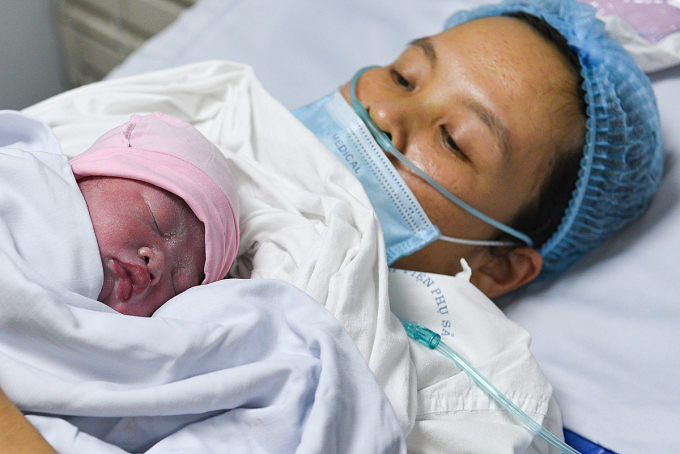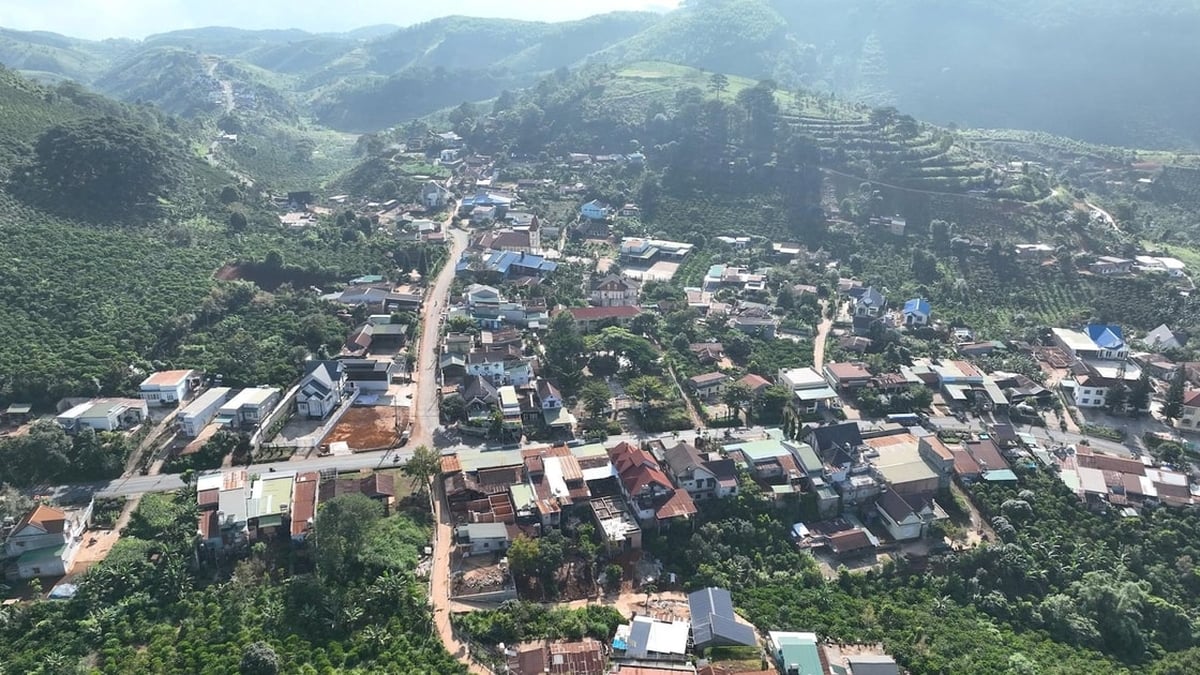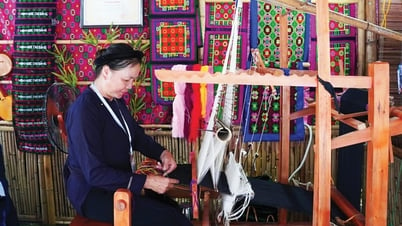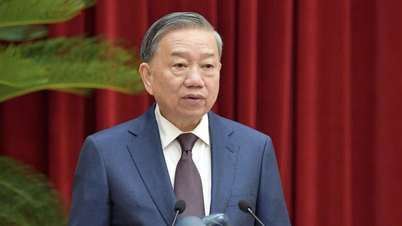The draft Population Law proposes that provinces and cities with low birth rates will provide one-time cash support when women give birth to a second child and reduce or exempt school fees for children.
The information was announced by Mr. Mai Trung Son, Department of Population ( Ministry of Health ) at the workshop Low fertility rate in Vietnam: Current situation and solutions , on November 10. Experts and policy makers together looked at the current situation and proposed policy directions and intervention solutions for this problem.
According to the latest Population and Housing Census, the birth rate in most socio -economic regions has decreased, with the Southeast and Mekong Delta regions having "a very deep decrease". Currently, each woman of childbearing age in the Southeast region only gives birth to 1.56 children, while in the Mekong Delta it is 1.8 children.
"If the birth rate is below 1.3 children per woman, there is almost no possibility of recovery to replacement level," said Mr. Son, citing that in 2010 the birth rate in Ho Chi Minh City was only 1.24 children - the locality with the lowest birth rate in the country for many years.
In the remaining regions, the birth rate has decreased but is still high. In the Central Highlands or the Northern mountainous region, on average, a woman gives birth to over 2.4 children. The difference in birth rates between regions is "not only significant" but according to Mr. Son, "the gap is increasingly widening".
Deputy Minister of Health Nguyen Thi Lien Huong acknowledged that Vietnam's population growth rate has been controlled, reaching the replacement level of fertility over the past 15 years, meaning that on average each woman of childbearing age in Vietnam gives birth to about 2.1 children. However, Vietnam is facing a significant difference in fertility rates between regions.
Currently, 33 provinces and cities have high birth rates (over 2.2 children). 21 provinces and cities have low birth rates (under 2 children). Some places have very low birth rates, concentrated in the Southeast region, the Mekong Delta and the Central Coast. Provinces and cities with low birth rates include: Ho Chi Minh City, Dong Thap, Hau Giang, Ba Ria - Vung Tau, Binh Duong, Khanh Hoa, Long An...
"The provinces with low birth rates have a population of nearly 38 million people, accounting for nearly 40% of the country's population, which has a huge impact on sustainable development," said Deputy Minister Huong.

A baby is born at the Central Maternity Hospital. Photo: Thanh Hue
Therefore, experts believe that birth rate intervention policies must be different for regions, areas, and localities, and cannot be "equalized". A representative of the Population Department said that they are consulting on the draft of the Population Law, which proposes to encourage giving birth to two children in provinces and cities with low birth rates. The draft also proposes one-time cash support when women give birth to a second child, with the purpose of women needing to take time off work and recuperate during pregnancy.
At the same time, the draft proposes to exempt or reduce tuition fees and support learning costs for children of preschool and primary school age, especially in industrial parks and export processing zones. Building a suitable community environment to create conditions for couples to have two children. Provinces and cities with low birth rates should review and abolish policies that encourage having fewer children and instead encourage having two children.
According to experts, low birth rates have long-term consequences, including higher health care costs and other social costs. Fewer workers also reduce economic competitiveness and reduce consumer spending, leading to lower economic growth and lower living standards.
Many countries facing declining birth rates have taken steps to stem the decline. In South Korea, which has the world’s lowest birth rate, the government has tripled its spending on birth control and increased subsidies to encourage families to have more children. In Hungary, women who have four or more children are exempt from personal income tax for life.
Le Nga
Source link



























![[Photo] Signing of cooperation between ministries, branches and localities of Vietnam and Senegal](https://vphoto.vietnam.vn/thumb/1200x675/vietnam/resource/IMAGE/2025/7/24/6147c654b0ae4f2793188e982e272651)











































































Comment (0)